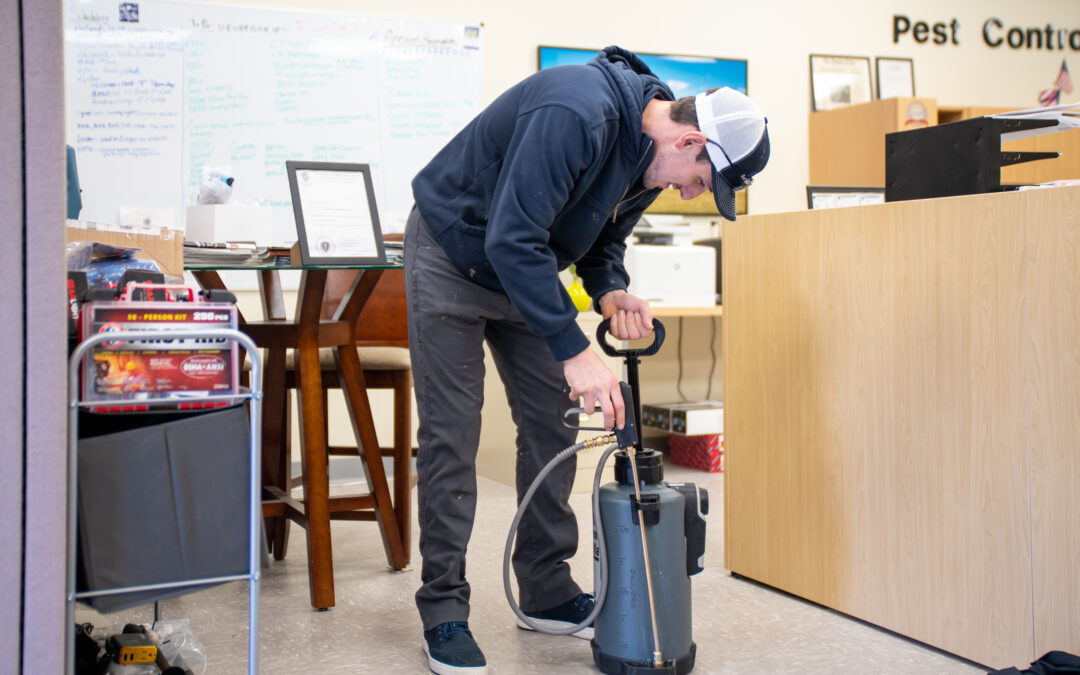Earwigs will not lay eggs within a human’s ear canal, and all stories that tell of such incidents are certainly false. However, earwigs are well known for infesting yards and homes in large numbers. Lawn infestations see earwigs eating and destroying an array of ornamental and garden plants, which can be costly for homeowners. Indoor earwig infestations annoy homeowners, but luckily, the insects do not pose a medical threat to humans, and they do not inflict damage to structures or household materials. That being said, indoor earwig infestations sometimes become unmanageable without professional assistance.
The most significant earwig pest species in the US is the non-native European earwig. This species was introduced into the state of Washington during the early 20th century, and they reached the northeast by 1911. By the 1930’s European earwigs were abundant in all northeast states. Earwigs maintain a presence within garden mulch, flower beds and other areas surrounding a home’s foundation, making indoor infestations frequent. European earwigs are also known for the foul-smelling compounds that they secrete to ward off enemies. Unsurprisingly, homes that become infested with European earwigs can become saturated with this foul smell. Another non-native earwig species, the ring-legged earwig, can also be found in homes and lawns in the northeast, but this species inflicts little damage to plants and they do not infest homes often. Most ring-legged earwig infestations can be eradicated without professional help, but this is not the case when it comes to European earwig infestations. Anyone who has ever fallen victim to an indoor earwig infestation can tell you about this species’ habit of aggregating into large groups. European earwigs gather into large groups due to the “aggregation pheromone” that both males and females secrete. This pheromone prompts all earwigs within a home or yard to clump together into one large cluster. This pheromone may exist in order to help the insects retain warmth while overwintering.
Have you ever found in earwig within your home?

